Posted on 12/19/2025
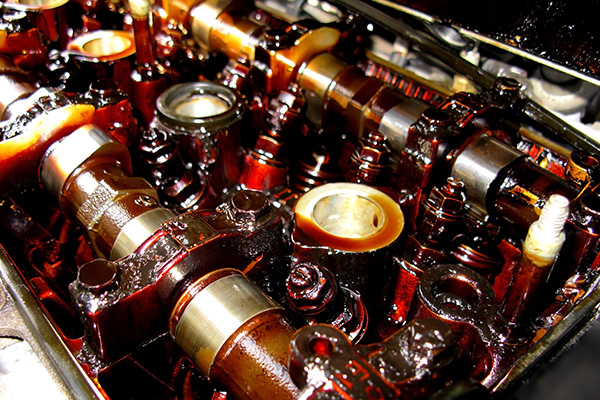
Skipping an oil change once does not usually blow up an engine overnight. That is why a lot of drivers get comfortable stretching the interval a little farther each time. The trouble is that every extra mile on worn oil quietly raises friction, heat, and sludge buildup, and the damage rarely shows until it is expensive. Knowing what is happening inside the engine may change how you look at that little sticker on the windshield. What Engine Oil Really Does Between Changes Engine oil does more than just lubricate moving parts. It carries away heat, suspends dirt and soot, and protects metal surfaces with an additive package that fights wear and corrosion. Every time you start the car, tiny metal surfaces slide on a very thin film of oil instead of scraping directly against each other. Over time, the additives get used up and the oil fills with microscopic debris and fuel that slipped past the rings. At first, the engine still feels fine. As the miles stack up, that w ... read more
Posted on 11/28/2025
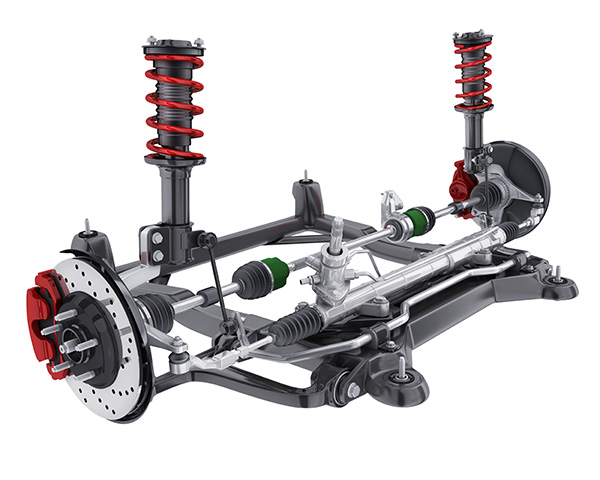
Your suspension does more than smooth out bumps. It keeps tires planted, steering precise, and braking stable. Knowing the key parts helps you identify issues early and communicate repairs clearly. Here are the five components that matter most and the signs they give when they are wearing out. What Your Suspension Does and Why It Matters Every time you corner, brake, or hit a pothole, the suspension manages weight transfer so the tires keep grip. Good parts make a car feel settled. Worn parts create vague steering, uneven tire wear, and extra stopping distance on rough roads. If the car feels floaty, wanders on the highway, or clunks over driveways, something in the system needs attention. 1. Control Arms and Bushings Control arms locate the wheel from front to back and side to side. Rubber or hydraulic bushings at the chassis end absorb vibration and allow controlled movement. When bushings crack or collapse, alignment shifts under load, and ... read more
Posted on 10/31/2025
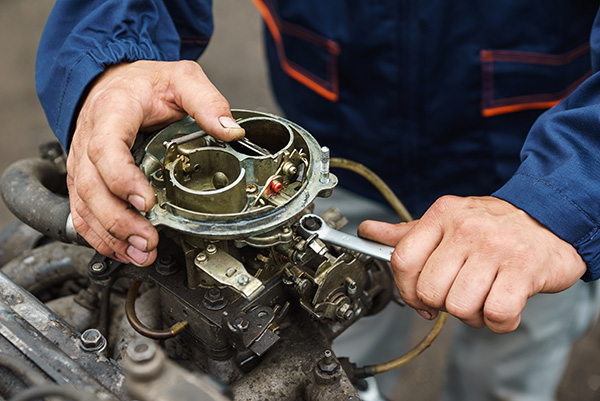
Modern vehicles rely on precise fuel delivery systems to ensure efficient combustion, responsive acceleration, and clean emissions. For decades, carburetors were the standard way to mix air and fuel before it entered the engine. Today, nearly all vehicles use fuel injection instead. But both systems still require periodic maintenance to run properly. If you're unsure how these systems differ or what kind of service they require, here's a breakdown of how they work and why service is important. Carburetors: The Old-School Fuel Delivery Method Carburetors were once the heart of every gasoline-powered engine. They work by mixing air and fuel in a chamber using a vacuum created by the engine’s intake. As air flows through the carburetor, fuel is pulled from the float bowl and mixed with the incoming air before entering the combustion chamber. While relatively simple, carburetors are mechanically complex and rely heavily on physical adjustments and moving ... read more
Posted on 9/26/2025
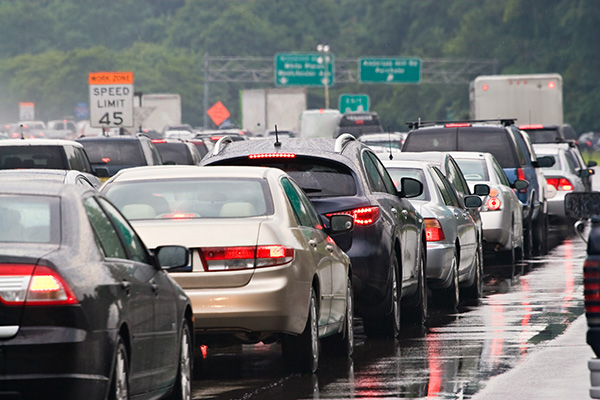
It's a hot day, you're stuck in traffic, and you notice the temperature gauge on your dashboard creeping up. This is a stressful situation for any driver, and it’s a common one because engines are more prone to overheating when your car isn’t moving. But why does this happen? And what can you do to prevent it? If your engine heats up during traffic but stays cool while cruising, you’re not alone. Here’s what’s happening and what to check if it keeps occurring. Less Airflow Means Less Cooling At highway speeds, your vehicle’s radiator gets cooled by the flow of outside air passing through the grille. But in traffic, with little or no movement, that airflow drops dramatically. This makes your cooling system rely almost entirely on the radiator fan to keep temperatures down. If your fan isn’t working properly, or if it cycles on for too long, the engine can overheat quickly while idling in place. In some cases, the fan ... read more
Posted on 8/29/2025
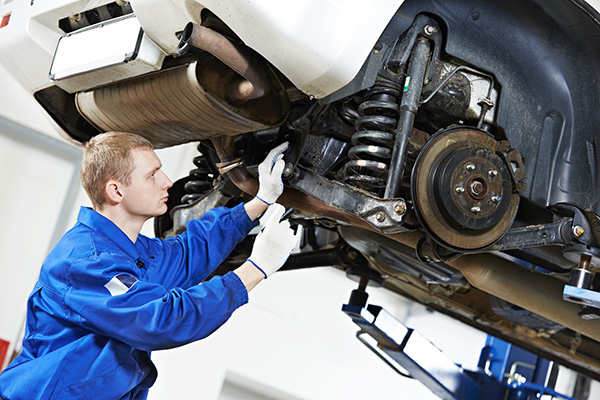
Hearing a squeak every time you press the brake pedal can be irritating—and it is often a sign that your brakes need attention. While some occasional brake noise can be harmless, persistent squeaking can indicate worn parts, a buildup of debris, or even more serious issues with your braking system. Knowing what causes brake squeaks and how to address them is key to keeping your vehicle safe and your braking system in good condition. Why Brakes Squeak Brakes work by pressing brake pads against rotors to slow the vehicle. This process naturally generates friction, and under certain conditions, it can also produce noise. A squeak happens when vibrations in the braking components create high-pitched sound waves. Sometimes the noise is caused by harmless conditions, such as a light coating of surface rust on the rotors after the car has been parked in damp conditions. But if the squeak happens every time you stop, there is likely a mechanical reason behind it ... read more